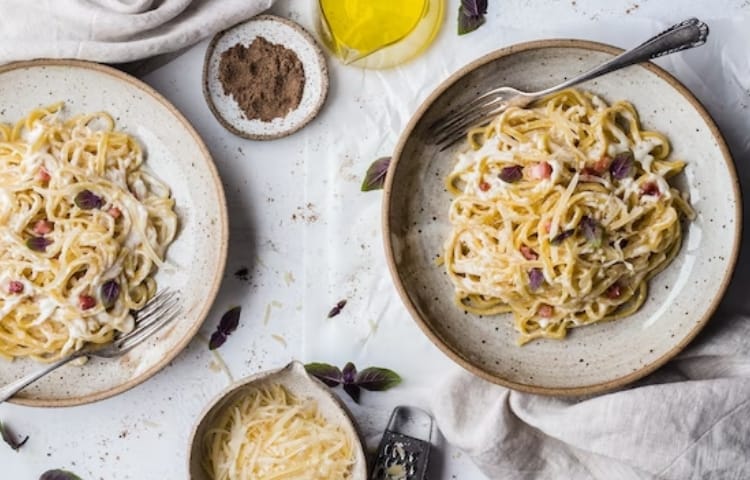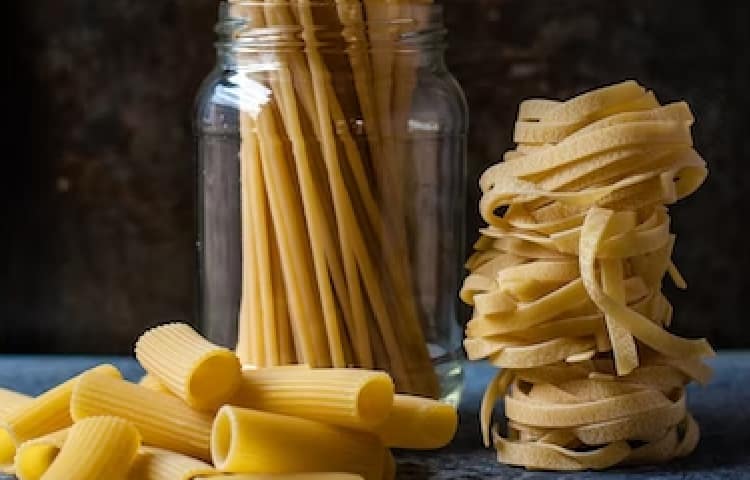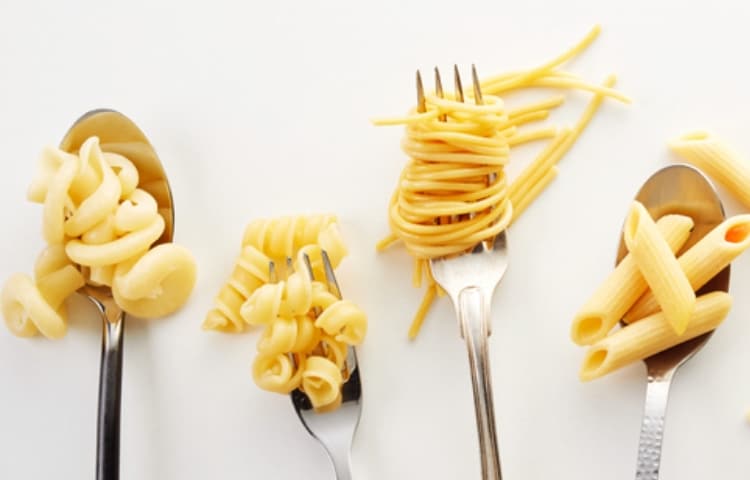Nearly every person on the face of the earth appreciates a delicious meal of spaghetti or lasagna, or perhaps some other form of comfort food, when in need of comfort food. Historians document pasta, in its numerous guises, as far back as a couple thousand years in a number of different cultures. The basic food is quick to prepare, easy to dry and store, pairs well with a wide variety of other foods, and, most importantly, provides the body with the necessary amount of carbohydrates and energy on a daily basis.It has a long and illustrious history, and it is simple to dry and preserve under particular circumstances. When the word “pasta” is used, many people immediately think of Italy and Italian cuisine. However, distinct versions of pasta can be found in practically every civilization in the globe that has access to wheat. But where did the practice of making pasta originate, and who can lay claim to being the first person to do so? Continue reading with Secret food tours to find out more.

History
Pasta in its modern form actually has its roots in China, where it emerged around 3,500 years ago, despite the fact that Italy is the country most commonly associated with a wide variety of different types of pasta dishes. Pasta is mentioned in documents from China that date back to the Shang Dynasty (1700 B.C.). A few hundred years later, other African societies began using kamut to make pasta. Legend has it that the well-known traveler Marco Polo was the one who brought the food item back from the far east, where it eventually became ingrained in the culinary cultures of the Mediterranean. It is unknown how far back the use of pasta dates; however, some of the earliest Etruscan culture documents, dating back to the fourth century BC, suggest that pasta was already present in the Mediterranean region two thousand years ago, long before Marco Polo.The writings of Horace from the first century describe a form of sheet of fried dough that is the ancestor of modern lasagna. The word “pasta” hasn’t changed much in meaning over time, and it seems to be the original name for the food staple.
you can check out our amazing food tours in Hong Kong
Until about the 13th century, when there is evidence in writing of different types of pasta variations, such as linguine and ravioli, pastas that served in sauces, and some stuffed with meat, various pasta dishes remained a food item unto themselves. Linguine and ravioli are two examples of pastas served with sauces. In the writings of Boccaccio from the 14th century, we learn about pasta chefs who prepared cheese-stuffed macaronis and raviolis. It was during this period that dried pasta became popular due to its ease of storage and use during times of scarce food availability. However, the Renaissance was the time when pasta first began to gain popularity, particularly in Italian cuisine. This trend continued well into the modern era.
It is important to note that tomatoes were not brought to Italy until the 16th century, and it was not until the 17th century that Italian cuisine began to heavily utilize tomatoes and sauces based on tomatoes. Additionally, the manufacturing of dry pasta on a large scale evolved in Naples during the 17th century by the introduction of machines that were specifically designed for making pasta. Historians located a record for a pasta factory in Venice dating back to the year 1714, indicating that pasta production was already an established trade by then. Pasta traveled to the New World with European explorers because it did not require a lot of space, lasted a long time, and was simple to transport aboard ships.
Despite this, its use in the United States did not become widespread until the 19th century, when there was a large inflow of Italian immigrants into the country. During the early part of the 20th century in the United States, Italian dishes such as lasagna and spaghetti were still seen as somewhat exotic. However, these dishes, along with a wide variety of other pasta-based recipes, are now often served in American homes. Pastas originating in other regions of the world, such as orzo from Africa and ramen from Japan, have only begun to gain favor in western cuisine in more recent times. Although Italy did not invent pasta, it is the country responsible for developing the vast majority of its associated culture and producing the greatest number of pasta recipes, as food tours around the country focus heavily on regional pasta favorites.

Types
The terms “fresh pasta” and “dry pasta” are commonly used to refer to the two distinct forms of pasta. The base dough for both types of pasta is made from semolina or wheat flour, which is then combined with durum wheat or other grains like barley, rye, or buckwheat. In more recent times, pasta composed of rice or maize has become available for consumers who suffer from allergies or diseases related to gluten. When making the basic flour, some recipes call for the addition of a vegetable purée, such as tomato or spinach, while others may call for the use of spices. Although yeast is utilized in the production of some types of pasta, the vast majority of pasta starts out as unleavened dough.
Extrusion is the method used to make dried pasta, while artisans make fresh pasta either by hand or with the assistance of some simple machines. Both sorts come in approximately three hundred unique shapes and variants, ranging from long, thin noodles to shells, flat sheets, and tiny droplets like orzo. For dried pasta, it is essential that the pasta be dried slowly and at temperatures that are lower than normal in order to ensure that the pasta will not become stale. In the event that this step is not carried out correctly, the pasta may lose not only its flavor and texture, but also the vital nutrients it contains.
Since pasta by itself has a flavorless quality, it is important that pasta noodles have a surface that is rough enough to allow it to absorb sauces. In the past, experts made pasta using traditional processes that entailed the use of bronze extruding plates, which gave the pasta its distinctive texture. In modern pasta production, manufacturers use Teflon, since it is not only speedier, but unfortunately also leaves the pasta smooth. Depending on the type of pasta, the production process and drying technique are also very crucial factors. In Italy alone, there are over 500 different kinds of pasta, and there are hundreds of different kinds all over the world; each one made in a unique way. Orzo is typically shaped like miniature tubes, but lasagna noodles are typically flat and can be up to one foot long and wide. In most cases, the type of pasta used in a dish is determined by the type of sauce added. Pasta is used in a variety of sauces, including pesto made with olive oil that is mild in flavor, tomato sauces that are well known, as well as cream and cheese sauces.
Bringing it Together
Pasta is widely recognized as one of the world’s most adaptable foods. Found in practically every culture and prepared in virtually any way you can think of, there is no end to pasta’s versatility. Many Asian soups and main dishes rely largely on pasta, whereas African vegetarian foods add extra filling with little pasta, the consistency of rice, in order to make the dish more substantial. A wide variety of pasta preparations can be found in European cuisine, particularly Italian cuisine. The use of pasta in human cuisine goes back a long way, and no doubt it will continue to be a staple food for many more centuries, albeit with ever-evolving preparations and flavor profiles.
